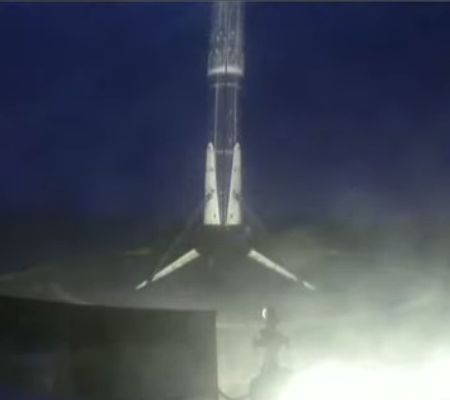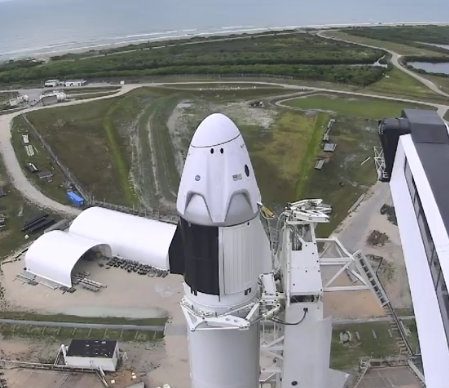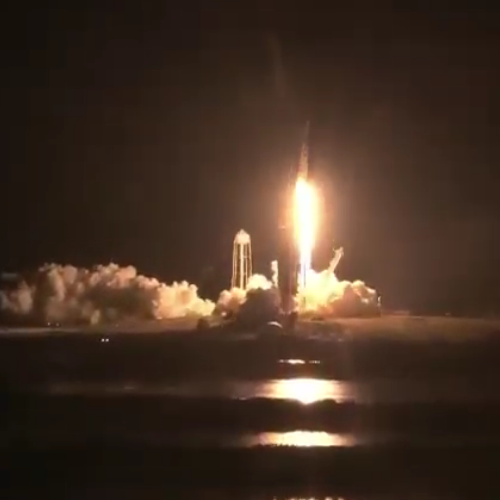Capitalism in space: Axiom has revealed that an Israeli fighter pilot, Eytan Stibbe, will be the second passenger on on its first private Dragon launch to ISS in the fall of 2021.
Stibbe will be the second Israeli to fly in space, following Ilan Ramon, who died when the space shuttle Columbia broke up in 2003 during its return to Earth.
The Axiom AX-1 mission is scheduled to launch in the second half of 2021, which the company unveiled in a deal with SpaceX earlier this year. Astronaut Michael Lopez-Alegria, who previously worked for NASA and flew to space four times, will be the AX-1 mission commander, with Stibbe set to serve as a mission specialist.
AX-1 would be the first fully private mission to the International Space Station, with Lopez-Alegria and Stibbe flying with two other yet-to-be-named people.
The consistent rumors are that actor Tom Cruise and a movie director will be those other two passengers, but this is not confirmed.
It is important to emphasize that this space mission will be entirely private, with almost no involvement of the U.S. government other than providing coordination, the training of the astronauts, and the use of ISS. The rocket and spacecraft are SpaceX’s, purchased by the customer Axiom. Moreover, Axiom has plans to add its own private modules to ISS where future private space passengers will be housed, which will then reduce the government’s role and contribution even more.
And since this will be a private mission, it means the funds to fly it will come from its passengers, not the government. This also means that as long as there are customers, there will be no slow-down in future flights.



